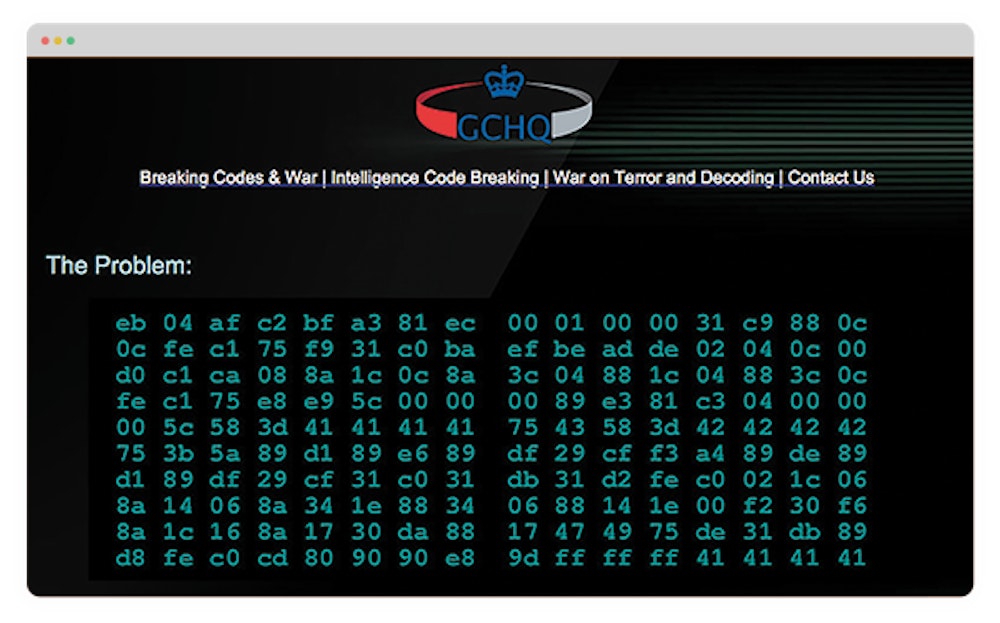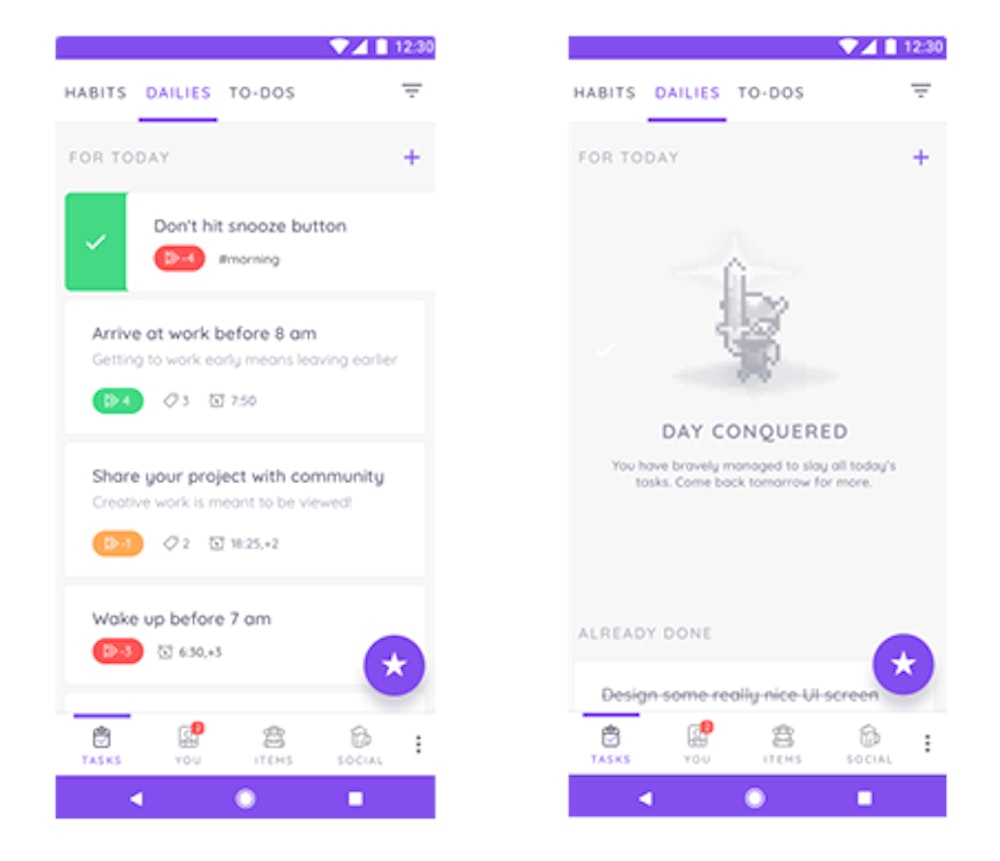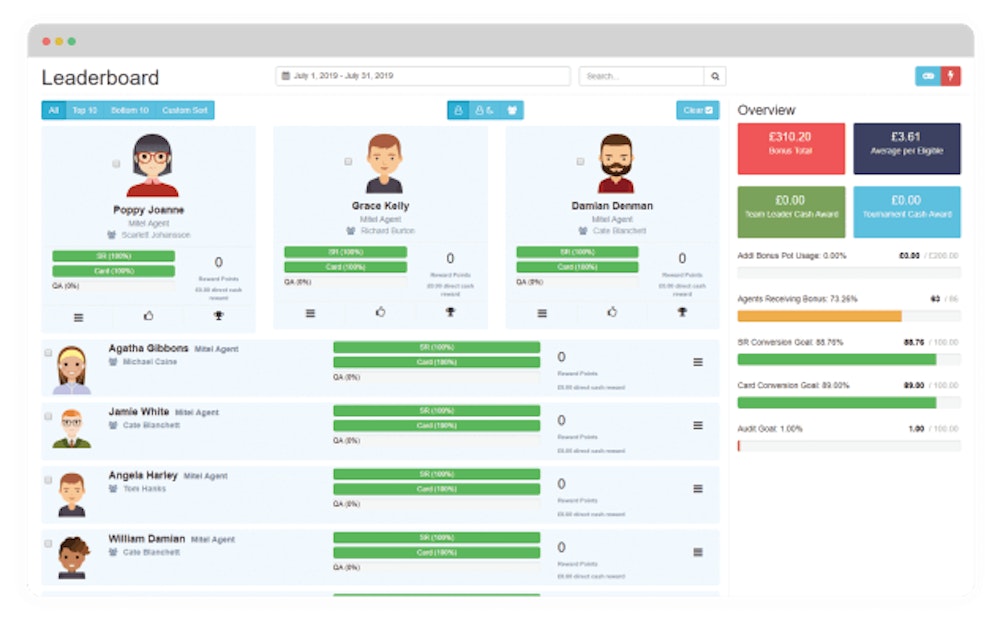Gamification: Intrinsic Movement of Digital Transformation or Temporary Craze?

We’re seeing a lot at the moment about the benefits gamification has to offer within an education environment. Schools, colleges and universities are starting to leverage this powerful tool help their pupils learn more effectively.
But what about within the workplace? And in particular the contact centre. It’s becoming evident that gamification contributes towards; reduced errors, increased attention span and helps to make us more productive. It’s no wonder that businesses are starting to find ways to implement this new technology. Who wouldn’t want to build a smart, more engaged and productive workforce?
You can’t Argue with Science
Don’t you just wish you could get your employees to engage on the same level they do with Fifa at home or Candy Crush Saga on the tube to work? Well, the science of gamification says you can.
Gamification works because it stimulates the reward centre in your brain. Therefore helping to release dopamine and serotonin, the neurotransmitters that help govern our overall mood. They have various different roles within the body, but loosely speaking they are the hormones that help make us feel good about ourselves.
Motivation is at the heart of the model of gamification within business. It plays on our desire and willingness to complete actions and tasks that are assigned to us.
This means that if you’re able to gamify aspects of your business like the contact centre, training, and the day-to-day progress of actions, you’re employees are much more likely to remain on task. In the long-run this will translate into a workforce that’s clued-up, productive and that ultimately want to help carry your business forwards.
Gamification in Business and Beyond
Whether it’s in business, education or everyday life, gamification is becoming increasingly prevalent. It uses the same motivating psychological principles around: self-affirmation, competition and peer support.
Gamification aspects are present in many lifestyle apps. For instance, Starbucks uses rewards through gamification within their app to encourage consumers to buy more coffee. Forest is an application that encourages it’s users to put down their phone and focus. Whenever those that have Forest on their phone want to concentrate on completing something, the app will plant a tree, the tree will grow in the time allocated but if the user exits the app, the tree will die. Even dating apps use gamification, it’s what makes the likes of Tinder so addictive!
Now as we look for new ways to recruit, engage, teach, reward and retain employees, gamification is finding its way into businesses. We’ve discussed some key examples below.
- See our Solution: Find out about REWARDS
- Stop the Common Engagement Killers: Learn how Gamification can Help
![]()
Motivating Contact Centre Agents
Recently, one of the UK’s biggest insurance providers, started working towards implementing REWARDS the plug in and go gamification solution for the contact centre. It’s a key tool for agent motivation, productivity and performance.
You can use it host your own tournaments, collect vital data to easily map user performance against process automation, reward staff with points, money and bonuses. REWARDS enriches the employee experience and helps to abolish absenteeism by re-engaging bored contact centre agents. So that you can start building a team of extremely capable and motivated people within the contact centre.
Salesforce’s Roadwarrior Training
Roadwarrior was developed by Salesforce to train sales representatives, through simulated meetings with customers. It helps the salesperson to learn how to respond to sales enquiries depending on the customer’s needs.
Through this the sales rep wins badges and earns points or loses them when they request life-lines. Due to the usually competitive nature of sales people, gamification works perfectly for motivating and setting targets for them. According to Salesforce, 90.4% of the companies that implemented a gamification program for their sales team reported successful results.

GCHQ uses Code Breaking
The UK Government Communications Headquarters use encrypted messages on a website as part of their application process. All wannabe spies and hires interested in code breaking and ethical hacking, quite literally have to decipher a hidden message in order to advance in the recruitment process.
Enabling the candidates to get a feel of if they are up to the job and giving the employer a chance to weed out unsuitable applications. This essence of gamification might motivate some more than others, but it’s safe to say it would have saved GCHQ costs associated with interviewing potential candidates that just aren’t right for the role.

My Colleague uses Habitica
Sometimes ticking items off a list just isn’t enough. Habitica takes it to the next level by gamifying the experience when you tick an item off your list. Using in-game rewards and punishments to help motivate you to achieve your goals.
You can socialise in-app and even fight monsters with your customised avatar! Checking off tasks ensures you level up and unlocks new features such as better battle armour, mysterious pets, magic skills and quests!

Embrace the Change
Evidently, gamification is becoming deeply entrenched into both society and business. It’s clear to see that the reward-driven aspect of it yields real results in the contact centre and similar business functions.
Not only leading to highly motivated and productive employees, but also real return on investment such as; happier, more engaged customers, faster problem resolution and more upselling and cross selling.
